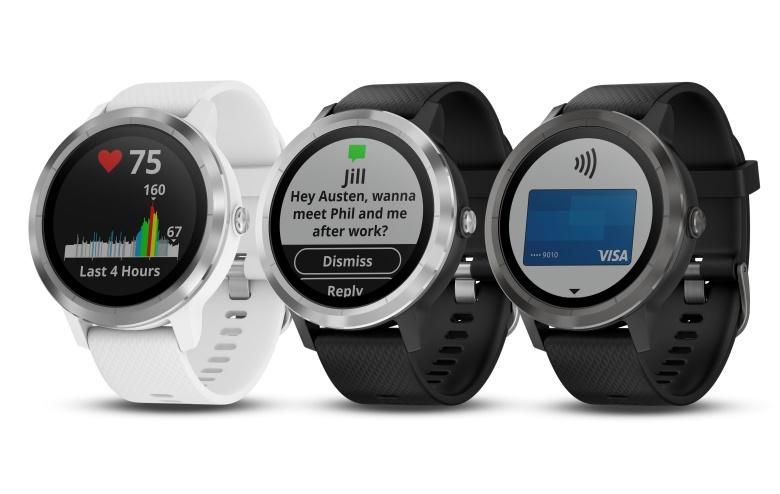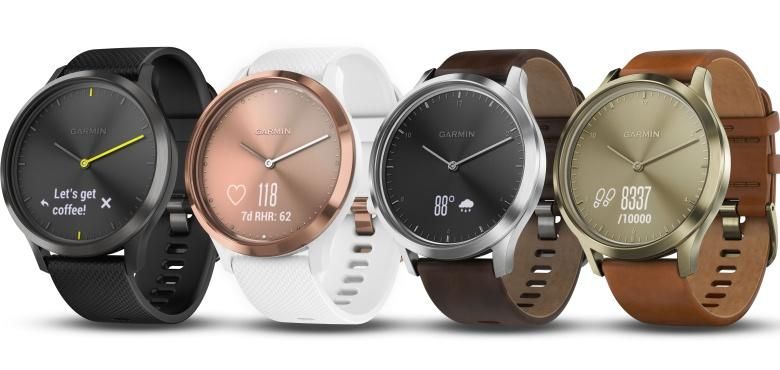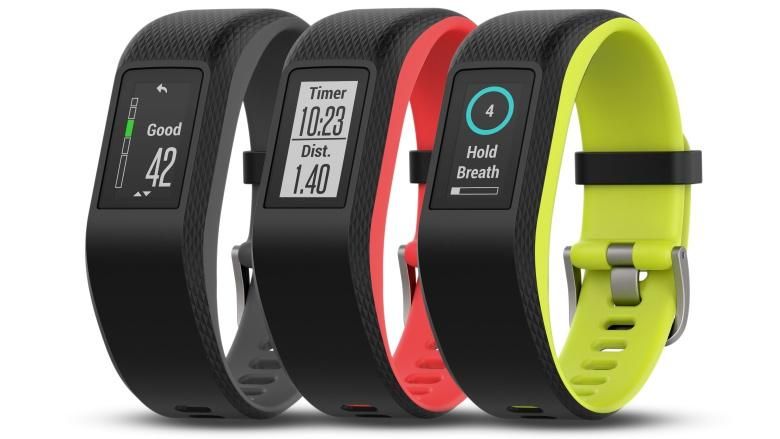Hot on the heels of Fitbit’s first full-fledged smartwatch, the Garmin Vivoactive 3 also seems to take aim at the growing Apple Watch family with a decidedly elegant design, advanced “intelligent” functionality and reasonable pricing.
Unlike its fitness-focused arch-rival however, this American GPS specialist turned wearable market leader isn’t abruptly putting all its eggs in one basket. As such, the company’s IFA 2017 product lineup includes a “touchscreen hybrid” Vivomove HR and GPS-enabled Vivosport activity tracker as well.
You can accurately monitor your heart rate from your wrist with either one of these three, but only the Vivoactive 3 displays in-depth health information on a large 1.2-inch screen with respectable 240 x 240 pixels resolution and Gorilla Glass 3 protection.
Another unique selling point of the “smart, sturdy and stylish” timepiece is built-in Garmin Pay support for wrist payments enabled “pretty much wherever contactless payments are accepted”… with Visa and MasterCard debit and credit cards from unnamed “major issuing banks” supported.
Available at Best Buy for $299.99 and up, the Garmin Vivoactive 3 comes with premium stainless steel metal “details”, 15 pre-installed sports apps to help you with all your different workout routines, the most comprehensive activity tracking features available, and a battery life of up to 7 days in “smartwatch mode” or 13 hours with the GPS powered on.
Meanwhile, the $199.99 and up Garmin Vivomove HR foregoes the standalone GPS functionality and many of those extensive exercise-assisting capabilities, focusing on “beauty and brains.”
The circular hybrid smartwatch is indeed classy and subtle, featuring traditional precision hands and a tiny “digital touchscreen display” showing and hiding notifications as you please.
Finally, the $199.99 Garmin Vivosport looks humbler than the Vivomove HR, what with a small rectangular display and all, actually bringing back the GPS and several sports apps for everything from strength training to cycling.
All three new wearable devices are safe to take for a swim, essentially covering every niche of the largely stagnant market.



